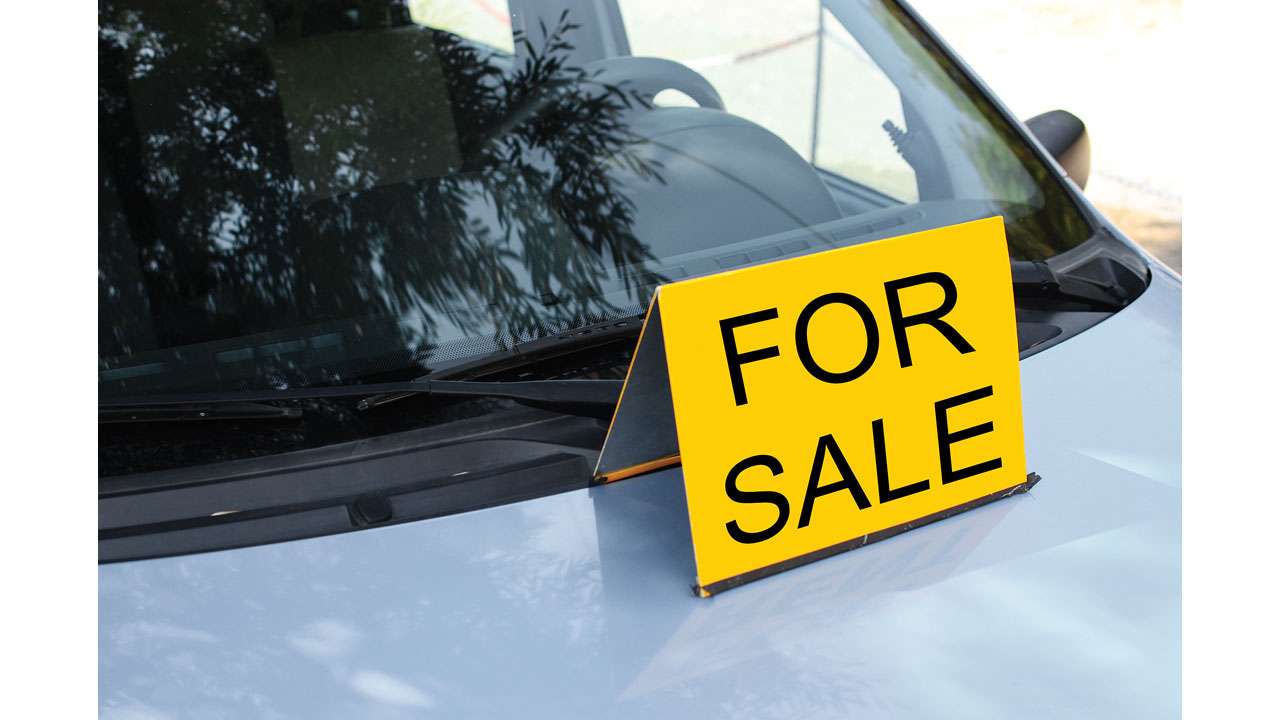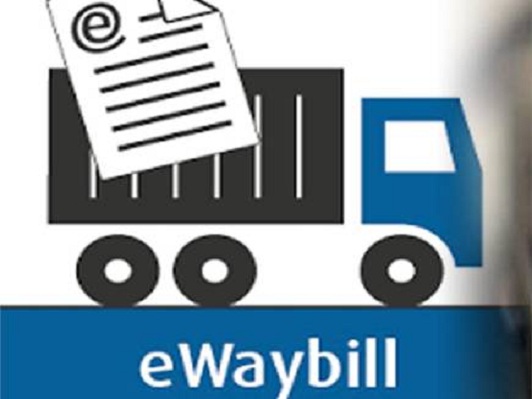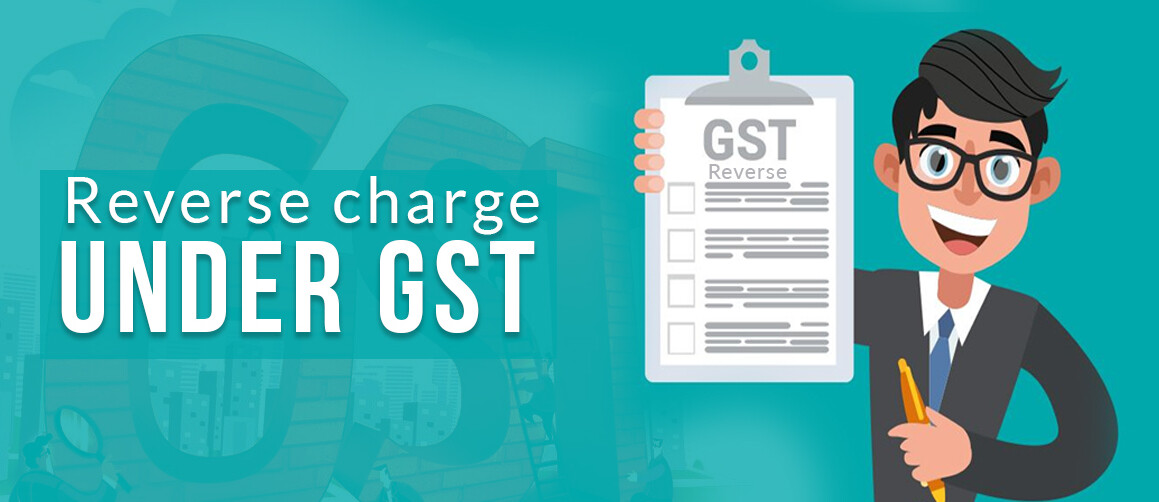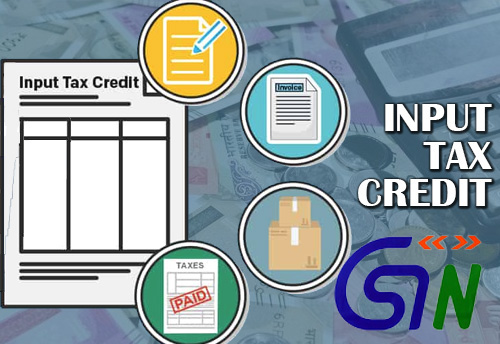Normally as per Section 15 of the CGST Act, 2017, GST is charged on the transaction value of the supply of goods or services or both. However, in respect of second hand goods, a person dealing is such goods may be allowed to pay tax on the margin i.e. the difference between the value at which the goods are supplied and the price at which the goods are purchased. If there is no margin, no GST is charged for such supply. Such charging of GST on the margin of second hand goods is referred to as margin scheme under GST.
The purpose of the margin scheme is to avoid double taxation as the goods, having once borne the incidence of tax, re-enter the supply and the economic supply chain.
Margin Scheme under GST:
Margin Scheme under GST law is contained under Rule 32(5) of the CGST Rules, 2017 which mandates that where a taxable supply is provided by a person dealing in buying and selling of:
- second hand goods i.e., used goods as such or after such minor processing which does not change the nature of the goods and
- where no input tax credit has been availed on the purchase of such goods,
the value of supply shall be the difference between the selling price and the purchase price and where the value of such supply is negative, it shall be ignored.
It may be noted here that in case any cost has been incurred on minor processing which does not change the nature of the goods, such cost will not be considered while arriving at margin, as it is the difference between the selling price and purchase price only. The purchase price will not include the cost of minor processing.
Further, in case any other value is charged by the second-hand goods dealer by way of repair, refurbishing, reconditioning etc., the same shall also be added to the value of goods (selling price) and thus be part of the margin.
Margin Scheme is optional
It is important to note here that as per Rule 32 (5) of the CGST Rules, 2017, determination of value as per margin scheme is optional. Thus the scheme is not mandatory. A dealer can also choose to pay GST on full value of supply and at same time avail input tax credit (ITC) on the GST paid by him on purchase of such goods from registered suppliers (purchase from unregistered person is exempted).
Conditions for eligibility of Margin Scheme
a) The supply should be of second hand goods only.
b) Pre-owned goods are not necessarily deemed to be second hand goods or used goods. The goods should actually be used before.
c) The person should be dealing in both buying and selling of second hand goods. Solitary sales of unwanted second hand goods/assets may not be deemed to be dealing in such goods.
d) Minor processing is allowed. The dealer can carry out minor processing like repairs, refurbishing,
re-boxing, etc.
d) Nature of goods should not change. If different accessories and goods are bought and assembled into a new kind of product, which is different in nature as compared to the goods bought earlier, margin scheme not apply.
e) No input tax credit should have been availed on purchases of second hand goods. However if purchase is made from registered supplier, no ITC should be availed for tax paid.
f) Losses cannot be set-off. Where the selling price is lower than the purchase price, tax on losses
shall be NIL and such negative margin cannot be set-off for tax payable on other positive margins g) If margin scheme is opted for a transaction of second-hand goods, the person selling the car to the company shall not issue any taxable invoice and the company purchasing the car shall not claim any ITC.
GST on Second Hand Cars
Since there is no distinction between new goods and second-hand goods under GST Law, the GST rates as given under Notification No.1/2017-Central Tax (Rate), dated 28-6-2017, as amended from time to time will also be applicable on the second-hand goods and thus in case of margin scheme, such rates will be applied on the margin amount to arrive at the GST payable by the second-hand goods dealer.
However the exception to this is in regard to old and used vehicles wherein separate concessional rates have been provided under Notification no 8/2018 – CT Rate dated 25-01-2018, which will be applied on the “Margin of the Supplier” which is to be calculated in the manner as mentioned in said Notification as given below:
1. In Case Depreciation under Income Tax Act Availed: Margin of the supplier shall be difference between Sale consideration and depreciated value of such vehicles on date of sale and where the margin of such supply is negative, it shall be ignored.
It may be noted here that the depreciated value here means as per the Income Tax Act. Further income tax law requires computation of depreciation on block of assets , but for the purpose of computation of margin as above , the depreciated value should be determined for the specific vehicle which is being sold.
Illustration 1:
X Ltd had bought a motor car on 05.11.2019 for Rs 5 lakhs. No ITC was availed but deprecation as per Income Tax is availed. Suppose such car is sold for Rs 2.50 lakhs on 27.09.2021.
In such case we need to determine depreciated value as per Income Tax. The rate of deprecation is 15% WDV.
| Purchase of Car on 05.11.2019 | 5,00,000 |
| Less: Deprecation @ 7.50% (being eligible to 6 months deprecation being used for less than 180 days) | (-)37,500 |
| WDV as on 31.03.2020 | 4,62,500 |
| Less: Depreciation @ 15% | (-)69,375 |
| WDV as on 31.03.2021 | 3,93,125 |
| No depreciation under Income tax for FY 2021-22 as sold in this year |
As in the above case, the depreciated value comes to Rs 3,93,125/- while the selling price is Rs 2,50,000/- thus the margin for the supplier is negative Rs 1,43,125/-, which shall be ignored and the value of supply for levy of GST will be NIL in this case.
Suppose in this case the selling price of Car was Rs 4 lakhs. Accordingly, the margin of supplier will be Rs 6875/- ( Rs 4,00,000/- minus Rs 3,93,125/- ) on which concessional rate of GST @ 18 % or 12% as the case be would be applicable.
2. In other cases: The margin of Supplier shall be the difference between the selling price and the purchase price where the margin of such supply is negative, it shall be ignored.
Illustration 2:
In case under Illustration 1 , X Ltd had not availed depreciation as per Income Tax the margin of supplier would be Rs 2.50 lakhs ( selling price) minus Rs 5 lakhs (purchase price) which being negative will be regarded as NIL and thus no GST is payable as value of supply is NIL.
In such a case also, if the sale price exceeds the purchase price( which is next to possible), GST will be payable on the above rates on such margin to the supplier.
Also Read: All about GST on sale of old and used motor vehicles
Recent Ruling on Margin Scheme:
ARA, Rajasthan in its recent ruling in the case of Tej Jain noted that as per Explanation (ii) to Notification no 8/2018 – CT Rate dated 25-01-2018 , in case of sale of Old and used Refurbished Car, GST is to be levied on ‘Margin’, which shall be the difference between the Selling Price and the Purchase Price. ‘Purchase Price’ means only the amount paid by the applicant at the time of purchase of used Cars. The amount incurred for the refurbishment of the Car are not includible in the Purchase Price in view of the clear language of the statute.
The ARA observed that explanation (ii) undoubtedly/clearly used the word “purchase cost” not the “purchase cost of goods”. It means only the amount paid by the applicant at the time of purchase of used cars can be considered as “purchase price”. There is no provision in the said notfn to include the cost of refurbishment in the purchase price.
ARA stated that it is settled jurisprudence principle that “when the words of a statute are clear, plain and unambiguous, i.e., they are reasonable susceptible to only one meaning, the courts are bound to give effect to that meaning irrespective of consequences. Moreover, if the words of the statute are in themselves precise and unambiguous, then no more can be necessary than to expound those words in their natural and ordinary sense”.
In view of abve deliberations the ARA held that as per explanation (ii), margin of supplier shall be the difference between the selling price and the purchase price. As such, for the purpose of calculation of Margin and levy of GST thereon under Notification no 8/2018 – CT Rate dated 25-01-2018 , the component of purchase price will not include the amount incurred for the refurbishment of the said car & valuation figure will be worked out accordingly.
***
Subscribe to our portal and get FREE Tax e-books, quality articles and updates on your e-mail.
Resolve your GST queries from national level experts on GST free of cost.
Frah Saeed is a law graduate specializing in the core field of indirect taxes and is the Co-founder of taxwallah.com. She has authored many publications on GST and is into full-time consultancy on GST to big corporates. She as a part of taxwallah.com heads a team comprising of Chartered Accountants and Advocates and plays a key role in our mission to disseminate GST knowledge to all.




